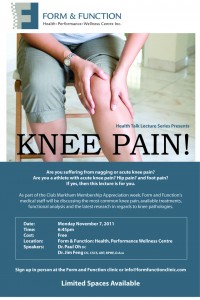Heavy backpacks causing back pain? What makes children more vulnerable is that their growth plates are made almost entirely of cartilage, making them more susceptible to small, repeated traumas. Also, their muscle growth is often not as fast as their bone growth, which can lead to muscle tenderness. Put simply, these injuries are a result of overuse of the muscles and tissues that are utilized by children to support the weight of their backpacks.
Other facts to know are that neither backpack weight, nor current back pain are good predictors of future back pain. What’s important to know is that muscular fatigue is the best predictor of future back pain. So if you are becoming fatigued while carrying the backpack, you should likely rest, or lighten the load!
So what are the consequences of carrying a heavy backpack? To put numbers on it, so that you can understand what these heavy loads do, a load of 15% of total body weight results in a 26.7% increase in load on the low back, while a 30% load body weight will result in a 64% increase in load on the low back! Also, children tend to lean forward and jut their chin out in order to balance out the forces going into the back. However, the movement they do to compensate for the heavy weight simply makes their posture worse, which can increase pain down the line. No kid wants to hear their parents telling them to stand up straight, so don’t train them to slouch by allowing them to carry heavy weights.
So how do you eliminate this problem? For a postural consultation or for more advise on postural stability & strengthening routines please book an appointment with our Physiotherapist, Christopher Chmiel @ Form & Function Clinic to find out more ways in which to achieve your functional or personal goals.
Key words:
Form & Function Markham
Chiropractic Markham
Physiotherapy Markham
Nutritionist Markham
Chiropodist Markham
Nutritionist Markham

